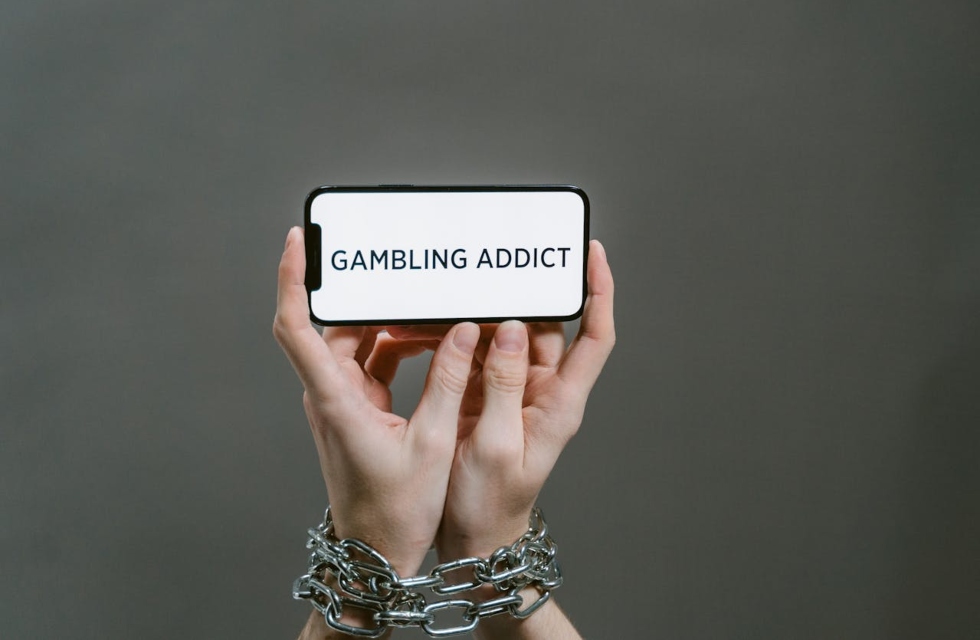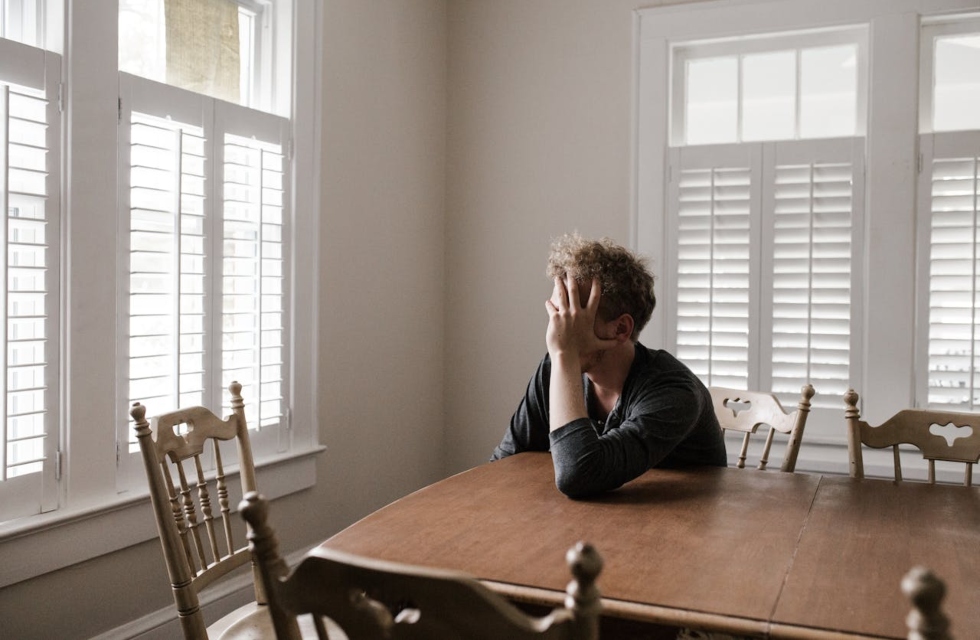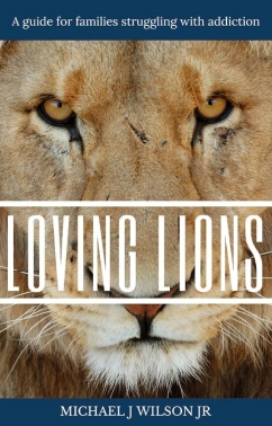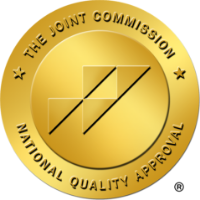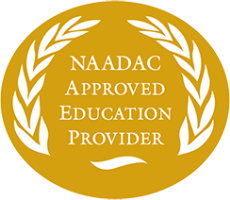Understanding the difference between addiction and compulsive behavior is important for anyone dealing with repeated actions that feel hard to control. While both involve patterns that seem out of hand, the reasons behind them are not the same. Checking your stove is a compulsive behavior, but it is not an addiction. So you need to know how to approach each one with the right support. Many people confuse the two terms, which can lead to the wrong treatment path. That’s why recognizing the signs early helps people get the care they actually need. If you’ve been trying to figure out the difference between compulsive behavior vs addiction, this article can give you answers in simple terms. We’ll also show how local help is available. Mental health services in Massachusetts offer treatment options that work. With the right support, change is possible—and knowing what you’re facing is the first step.
What Is an Addiction?
Addiction happens when someone loses control over a behavior or substance, even when it causes clear harm. Substance addiction includes drugs or alcohol. Behavioral addiction involves repeated actions, such as gambling, that become hard to stop. Both forms often come with intense cravings, failed attempts to quit, and continued behavior despite damage to health, relationships, or work. Sports betting addiction is one clear example of behavioral addiction. A person may feel driven to place bets every day, even after losing money or hurting people close to them. Understanding compulsive behavior and addiction means recognizing this cycle of loss of control and ongoing risk. Addiction or compulsive behavior may look similar at first, but addiction is marked by this repeating pattern of harm and craving. Once that pattern starts, it’s hard to stop without help. That’s why early awareness and proper support can make a big difference in treatment and recovery.
Your brain’s reward system and addiction
The brain’s reward system plays a major role in addiction, but also in compulsive behavior. When someone repeats a behavior that brings quick pleasure, dopamine gets released. This chemical makes the brain link the action to a feeling of reward. Over time, the brain wants that reward more often, even when the results turn harmful. That’s how habits form into harmful cycles. This applies to both drug use and repeated actions, such as gambling or overeating. The person may know the damage but still feel pushed to repeat the behavior. This pattern explains why stopping is so hard. The brain begins to crave that dopamine rush.

Understanding how this works helps explain why support matters. It’s not just about willpower, it’s about how the brain reacts. Learning more about the link between the brain and behavior makes it easier to understand and treat addiction or compulsive behavior before it gets worse.
What Is Compulsive Behavior?
Compulsive behavior involves repeated actions that aim to ease distress, not create pleasure. These actions usually respond to anxiety or fear. You might not enjoy them, but with compulsive behavior, you feel forced to act to stop the discomfort. Common examples include compulsive hand-washing, skin picking, or checking locks multiple times. These behaviors offer temporary relief, but they often grow stronger with time. That’s what makes compulsive behavior different from addiction. Addiction chases a reward. Compulsion tries to avoid pain. This key difference helps shape how we treat each issue.

While both can take over someone’s daily life, the cause and goal of each behavior matter. Treatment for compulsions often focuses on managing anxiety and breaking the cycle of fear and response. OCD treatment in Massachusetts offers structured programs that target these patterns with proven methods. Support makes a big difference when someone wants to stop doing something they never really wanted to start in the first place.
Habit vs Compulsion vs Addiction
Habits, compulsions, and addictions fall on a spectrum of behavior. Each has different causes, intensity, and impact. A habit is a repeated action, often automatic, and usually harmless. Biting nails is one common example. It may be annoying, but it doesn’t cause lasting harm. A compulsion is more intense and comes from anxiety. Obsessive cleaning, for example, may ease fear for a moment, but quickly returns. It’s not about pleasure, it’s about relief.

Addiction goes further. It involves craving, loss of control, and serious consequences. Sports betting can start as a habit but turn into a pattern that damages health, finances, or relationships. Some people also experience strong emotions that make these behaviors harder to manage. In those cases, support such as anger management in Massachusetts can be part of the solution. But therapy is needed for deeper patterns linked to compulsion or addiction. Each plan depends on your needs. The earlier you reach out, the easier it is to get back on track.
Shared features that cause confusion
Addiction or compulsive behavior often causes confusion because both can share the same surface traits. Repetition is one key feature. The person repeats the behavior, even when they want to stop. Both can also bring temporary relief, which fades quickly and leaves behind guilt or anxiety. Emotional distress is another shared trigger. People may turn to a behavior or substance to manage fear, shame, or sadness. Over time, this cycle grows stronger. The more someone acts, the more stuck they feel. Secrecy is also common. People often hide their behavior from others, which creates more shame. That’s why it’s hard to tell the difference between addiction and compulsion. This is exactly where many get stuck in the debate around compulsive behavior vs addiction.

Treatment for both should address the root cause, not just the behavior. Dialectical behavior therapy in Massachusetts helps people understand these patterns and build new responses. It teaches skills to manage urges, cope with stress, and reduce self-blame. With time, people can start to replace these habits with healthier actions that support long-term change.
Key Differences Between Addiction and Compulsive Behavior
The difference between compulsion and addiction comes down to why the behavior happens and how it affects the person. Both can feel overwhelming, but their purpose and effects are not the same. Addiction brings pleasure at first and often starts with a reward. Compulsion usually responds to fear or anxiety. It rarely feels good; people do it to feel safe or stop distress. Here’s how they differ:
- Motivation
Addiction: Driven by reward or pleasure
Compulsion: Driven by anxiety or discomfort - Emotional Trigger
Addiction: Linked to desire or craving
Compulsion: Linked to fear, stress, or guilt - Awareness
Addiction: Often includes denial or delay in recognizing harm
Compulsion: A person usually knows the behavior is irrational - Withdrawal
Addiction: Can include physical symptoms
Compulsion: Usually no physical withdrawal
Understanding these differences matters. People who struggle with addiction or compulsive behavior need different types of care. Therapy should reflect the reason behind the pattern. Virtual anxiety therapy can help reduce compulsive urges by teaching people how to manage distress without falling into repetition. Support that fits the problem gives better results and helps people feel in control again.
Can a Compulsion Turn Into an Addiction?
Can a compulsion turn into an addiction? Yes, and it often begins quietly. A person may start sports betting to distract from anxiety. It works at first. It gives them something else to focus on, especially during rough mornings, when anxiety can feel worse in the morning. Over time, the purpose of the behavior changes. It stops being about relief. It starts to feel rewarding. The person begins chasing wins, not peace. The bets grow bigger. The time spent increases. Losing doesn’t stop the cycle. At this point, the compulsion has shifted into addiction. The original cause—anxiety—is still there, but now there’s another problem layered on top. This shift often leads to a dual diagnosis. That means both a mental health issue and addiction exist together, so treating only one won’t work.

Addressing one while ignoring the other leads to relapse. That’s why awareness matters. Recognizing the shift early gives someone a better chance at recovery. Understanding the full picture helps professionals choose better treatments—and gives people a real path forward. Whether it begins with distress or pleasure, the end result can feel the same. Without help, the behavior grows stronger and harder to stop.
When Should You Seek Help?
If you’re asking, how do I know if I need help for a compulsion or addiction? Start with a few honest questions. Self-awareness is key; mental health is important, but still, many people wait too long because they think things aren’t “bad enough.” But early support often leads to better results. Recognizing a problem while it’s still small can prevent it from growing. Whether you’re dealing with addiction or compulsive behavior, reflection helps you take the next step. Ask yourself:
- Is it interfering with my daily life?
- Do I feel anxious or upset if I can’t do it?
- Am I hiding it from the people around me?
If you said yes to any of these, it’s time to talk to someone. These behaviors don’t always go away on their own. Getting help doesn’t mean something is wrong with you; it means you care enough to improve your well-being. There are many ways to get support. Don’t wait until things get worse. Change starts with a question and action.
Treatment Approaches for Addiction vs Compulsive Behavior
Treating addiction or compulsive behavior requires a clear plan based on the person’s specific needs. Addiction treatment often begins with detox to manage physical symptoms. After that, many enter rehab or outpatient care. Common tools include CBT, 12-step programs, and medication-assisted treatment (MAT). These steps focus on breaking the cycle of craving and reward. In contrast, compulsive behavior treatment targets anxiety. Therapies such as exposure and response prevention (ERP), CBT, DBT, and anxiety-focused methods work well. These help people manage fear, reduce distress, and replace unhelpful behaviors.

Some treatments overlap, especially CBT, which supports both groups. For those who can’t attend in person, CBT therapy online offers flexibility and privacy. It’s also proven to be effective. In cases where both issues exist together, dual treatment is key. Programs must address both the reward-seeking drive and the anxiety behind it. Clinics like East Point Behavioral Health create care plans that do exactly that. Their team blends structured therapy with emotional support. Whether someone starts with anxiety or craving, long-term care works best when the root cause is clear and the support is steady. With the right tools, change is possible.
Ask for Help as Soon as You Recognize the Signs!
Recognizing the signs you’re dealing with a compulsion or addiction is the first step toward real change. These patterns may look similar on the surface, but their causes and treatments are not the same. Still, both deserve serious attention. Whether the behavior brings relief or reward, it can take over your life if left unaddressed. No matter how it started, you don’t need to wait for things to get worse. Both addiction and compulsive behavior are treatable. You don’t need a perfect label to ask for help. What matters is how the behavior makes you feel and what it takes from your life. Support is available, and early action often leads to better results. Shame should never block progress. Whether you’re managing anxiety, cravings, or both, help exists for every step. You’re not alone. And you’re not stuck. The sooner you act, the more control you take back.

